Nasu wagyu is a special brand of beef from Tochigi Prefecture, a region in Japan known for its beautiful natural landscapes. This article will offer a look into the unique qualities of this beef, touching on its specific characteristics, its origins, and where you can experience it. So, the goal is to provide a clear and simple overview for anyone interested in this premium Japanese delicacy.
What is Nasu Wagyu?

Nasu wagyu is a type of Japanese Black cattle raised by specific farmers within the JA Nasuno area. This region includes the cities of Otawara and Nasushiobara, as well as Nasu Town. The cattle thrive in a natural setting with clean air, lush greenery, and pure water sources, which are all believed to contribute to the beef’s quality. A key part of their diet is local rice, added to their feed to improve the meat’s flavor and aroma. They raised the cattle with great care for a long period, typically around 20 months, to develop their full potential. To be certified as Nasu wagyu, the beef must meet high standards, including a meat quality grade of A or B-3 or higher. Therefore, this strict grading system ensures that the beef has excellent marbling, bright color, and a fine texture, making it highly sought after by connoisseurs.
History of Nasu Wagyu
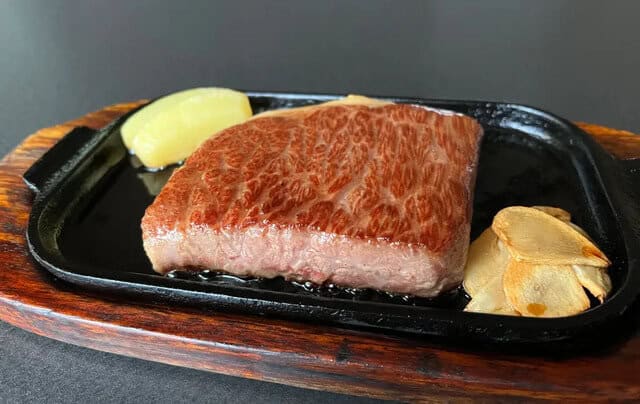
Origins and Tradition
The history of Nasu wagyu roots itself in cattle farming traditions. For many years, local farmers developed their skills to produce high-quality beef. The Nasuno Agricultural Cooperative plays a central role in managing the brand. It sets standards and ensures beef quality. Their dedication to a specific fattening process creates consistent excellence. This careful approach to raising cattle shows local pride.
Early Development
Watanabe Farm became the first designated producer of Tochigi Wagyu in 1988. This marked a significant milestone for the region. The farm embodies Nasu’s agricultural heritage and commitment to quality. The second-generation owner runs both the livestock farm and restaurant. Watanabe Farm raises cattle using organic methods. They produce organic rice and sixty different varieties.
Modern Recognition
The brand gained recognition in local and broader markets. Around 1,200 cattle ship annually to major meat markets. Farmers raise each head in single enclosures to reduce stress. They blend over ten different grains for optimal growth. The cattle receive rice straw containing beneficial microorganisms. This enhances their health. Farmers monitor cattle daily for over 2.5 years before shipping.
Where to buy Nasu Wagyu
Steak House Juraku Main Branch (ステーキハウス寿楽)
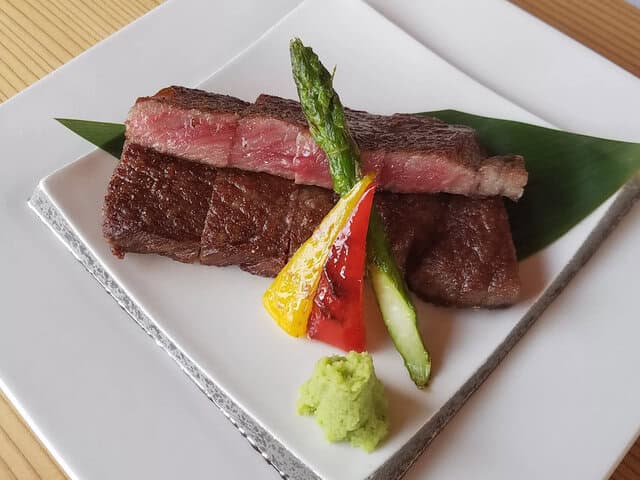
A great place to experience the quality of this beef is at Steak House Juraku Main Branch, a restaurant with over 70 years of history in Tochigi. Furthermore, this steakhouse is directly run by a butcher shop, which allows them to offer prime cuts of Nasu wagyu and other local varieties at a reasonable price. The restaurant is famous for its high-quality A5-grade sirloin and fillet steaks. Prepared to highlight the meat’s delicate texture and rich taste. Whether you’re a local or a visitor, the dining experience here is memorable, focusing on the natural deliciousness of the beef.
Conclusion
Nasu wagyu is a reflection of the careful effort and ideal environment of the Tochigi region. The special diet and dedicated farming practices result in a product known for its flavor and tenderness. So, for those who appreciate good food, trying this brand of wagyu is a way to taste the local heritage and quality.
If you enjoy the rich taste of Nasu wagyu, you might also like to try other Japanese wagyu and beef dishes like sukiyaki, shabu-shabu, yakiniku, or a Omi gyu.
FAQ
What is Nasu Wagyu?
Nasu Wagyu is a premium wagyu beef brand that farmers raise in the Nasu region of Tochigi Prefecture, prized for its fine marbling and tender texture.
Where is Nasu Wagyu produced?
Farmers produce it in the Nasu area of Tochigi, an area known for clean water, fresh air, and ideal grazing conditions for cattle.
What makes Nasu Wagyu special?
Careful breeding, feed, and climate produce balanced marbling and a clean, rich beef flavor that melts in the mouth.
How is Nasu Wagyu graded?
The Japanese Meat Grading Association grades it; the association rates top-quality cuts A4–A5 for marbling and overall quality.
What dishes feature Nasu Wagyu?
Popular preparations include steak, yakiniku, shabu-shabu, sukiyaki, and premium hamburg steaks.
Where can tourists try Nasu Wagyu?
Try specialty restaurants, steakhouses, and ryokan in Nasu and nearby cities; many menus highlight local Nasu Wagyu cuts.
Is Nasu Wagyu different from Kobe or Matsusaka beef?
All are premium wagyu brands; people note Nasu Wagyu for a slightly lighter, cleaner taste while it retains rich marbling and tenderness.
How should I cook Nasu Wagyu at home?
Cook simply: quick sear or grill over high heat for steak/yakiniku, or lightly swish thin slices in hot broth for shabu-shabu to preserve flavor.
How should Nasu Wagyu be served?
Serve sliced thin for shabu-shabu or yakiniku, or as medium-rare steak to enjoy the marbling and umami; simple seasonings are best.
Can I buy Nasu Wagyu to take home?
Yes. Many shops sell vacuum-packed cuts or gift sets suitable for travel; check storage and customs rules if taking abroad.
How should I store Nasu Wagyu?
Keep refrigerated and use within a few days; for longer storage, freeze tightly wrapped to preserve quality and prevent freezer burn.
Is Nasu Wagyu a good souvenir?
Yes. Packaged or frozen Nasu Wagyu makes an excellent local gift, but be mindful of airline and customs restrictions for transporting meat.


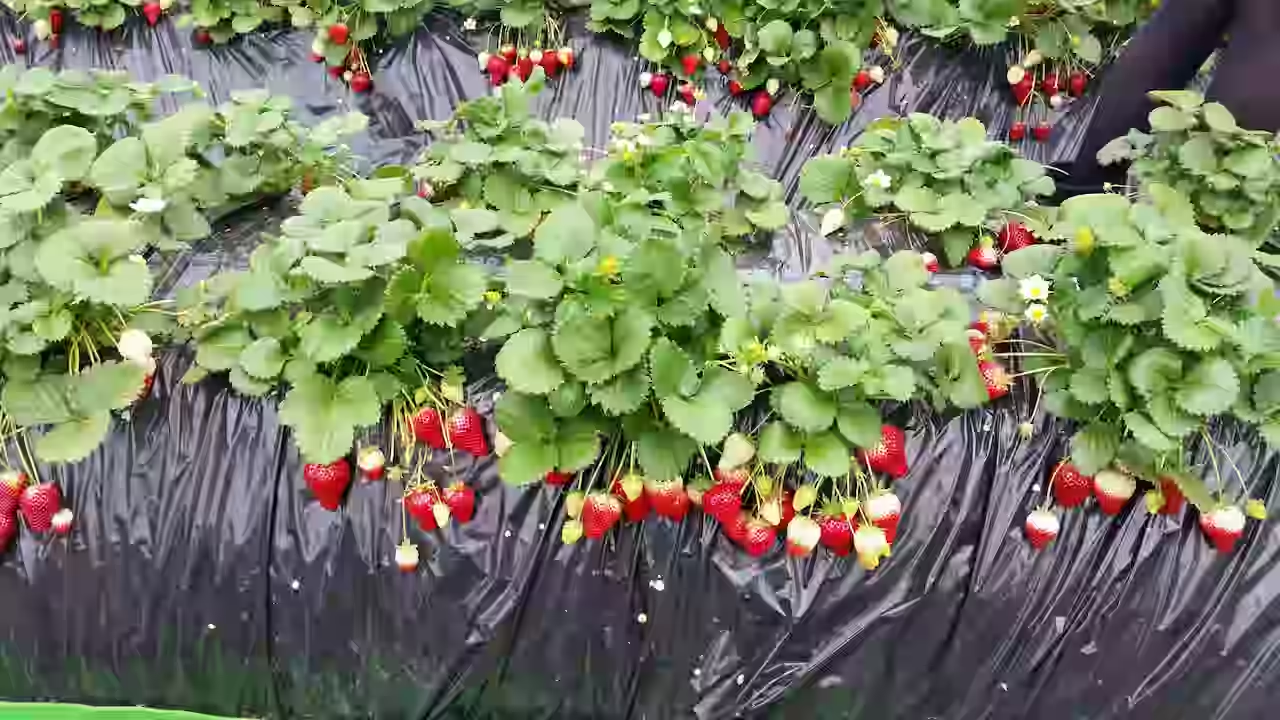
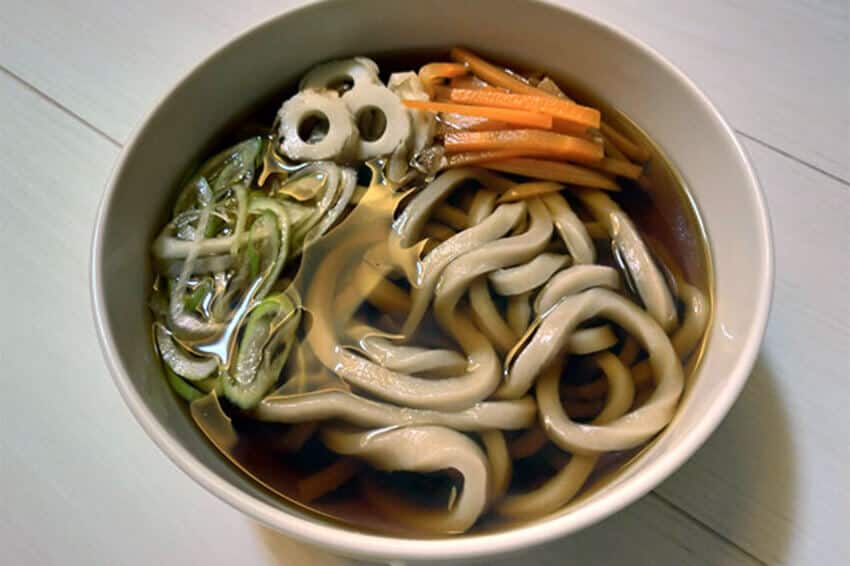


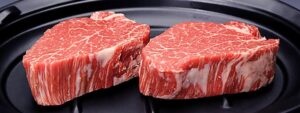

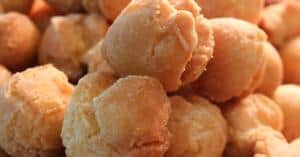


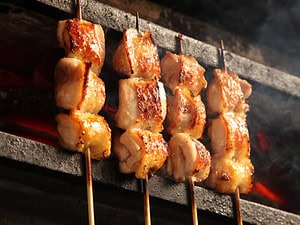



Comments